American Government- Judicial Branch
1/37
Earn XP
Description and Tags
Name | Mastery | Learn | Test | Matching | Spaced |
|---|
No study sessions yet.
38 Terms
Constitutional Law (Fundamental Law)
Based on the constitution, supreme law of the land
Statutory Law (state and local)
Laws enacted by legislatures
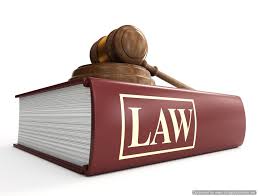
Administrative law (executive branch rules)
Regulations created by administrative agencies (FAA, DNR)
Common Law (ROE v WADE)
Law developed through court decisions (precedents), Created by judges, laws created by judicial branch
Federalist #78
The judiciary is the weakest branch of government
Has no power over the purse or the sword
Does not control wealth nor has the power to enforce their decisions
Life tenure
Keeps the judges from being overpowered by the legislative and executive branches
To avoid the weight of public opinion since they do not have to answer to voters
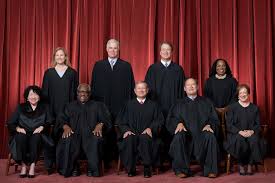
Supreme Court
9 justices
Can start and/or appeal
Highest
APPELLATE + ORIGINAL JURISDICTION
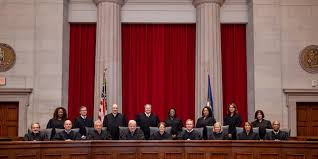
Court of appeals
7-12 judges
12 districts
No trial
Presentations
APPELLATE JURISDICTION
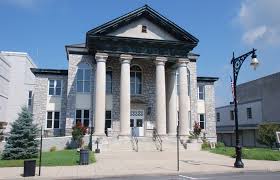
District courts
1-20 judges
94 districts
Witnesses and juries
ORIGINAL JURISDICTION
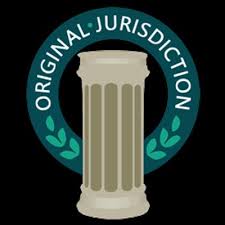
Original jurisdiction
courts power to hear a case first
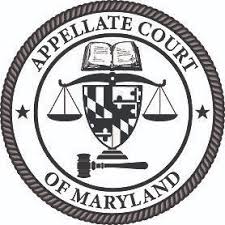
Appellate jurisdiction
power to review decisions made by lower courts

Exclusive jurisdiction
only one court has the power to hear case

Concurrent jurisdiction
multiple courts can hear the case
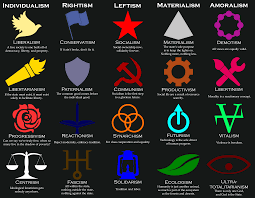
Politics of federal judicial appointments:
Presidents often select judges who align with their political ideology
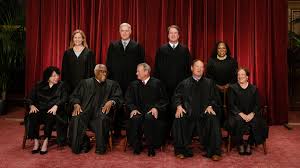
Traditions of the SCOTUS:
Lifetime appointments, black robes, ceremonial functions
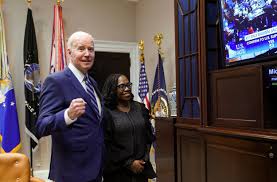
Selection of federal judges:
Nominated by the president and confirmed by the senate
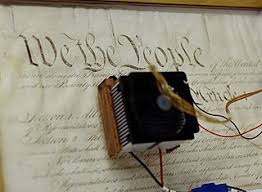
Strict constructionism:
Interpreting the constitution based on its original meaning
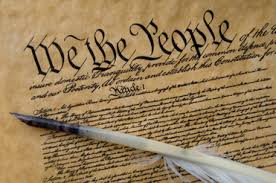
Loose constructionism:
Interpreting the constitution in a more flexible manner, considering current contexts
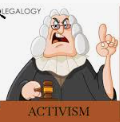
Judicial activism:
Judges make bold policy decisions, even creating new constitutional rights
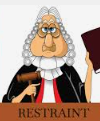
Judicial restraint:
Judges defer to the elected branches unless there’s a clearer constitutional violation
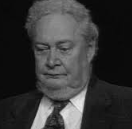
Bork
strict - limit the judges legitimate authority
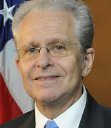
Tribe
loose - disadvantages outweigh advantages “too vague”
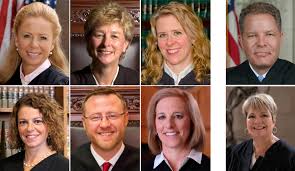
State Supreme Court
- highest state court
7 justices
10-year term
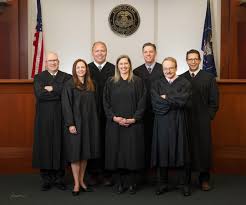
Court of appeals
intermediate appellate courts
4 appellate districts in state
6 year term
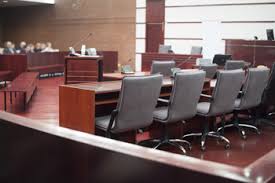
Circuit courts
general trial courts
69 districts in WI/1 judge each
6 year term
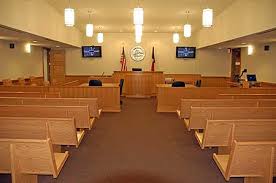
Municipal courts
low level traffic, past curfew
4 year term
Federal level
appointed justices
State level
elected justices
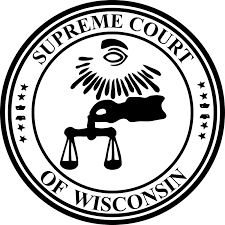
Criteria for WSC to accept a case:
Concern a significant constitutional question
Develop, clarify, or harmonize existing laws
Involve issues that have not been decided by the court before
Have statewide importance
Present a question of law that will reoccur unless resolved by court
Resulted in conflicting decisions in the lower courts
Ripe for reexamination due to changing times/circumstances

Judicial Review
Power to declare laws or executive actions unconstitutional.
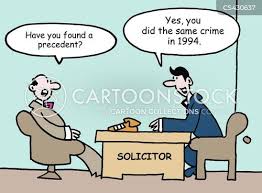
Precedents
Decisions set precedents for future cases, shaping the legal system.
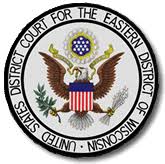
District Court
1
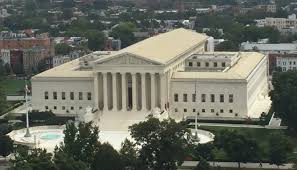
Appellate Court
2
review the procedures and the decisions in the trial court to make sure that the proceedings were fair and that the proper law was applied correctly

Writ of Certiorari
3
Discretionary docket
4+ judges approve (rule of 4)
Order from SCOTUS to lower court to prepare and document

Written Briefs
4
Essay argument
Legal precedent
Original appellees
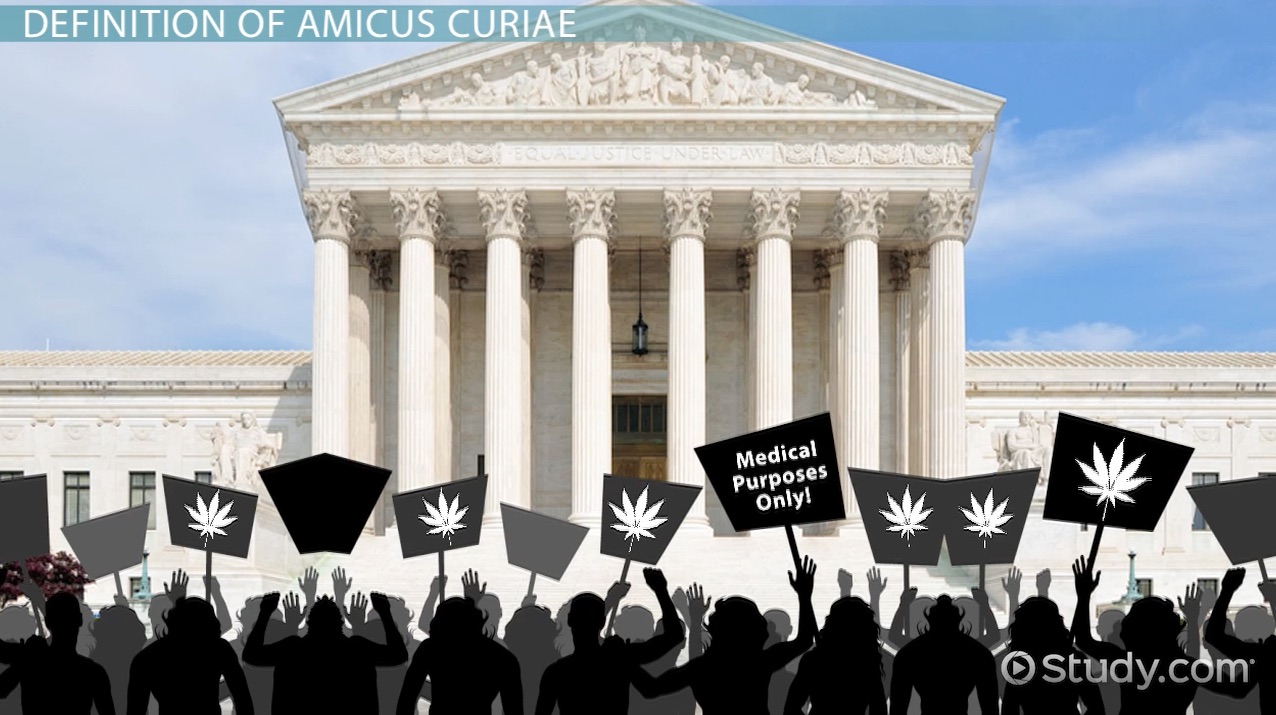
Amicus Briefs
5
Interest group submits a brief
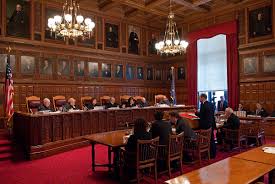
Oral Argument
6
Appellees argue case
Lawyers v justices
Gives justices opportunity to ask questions
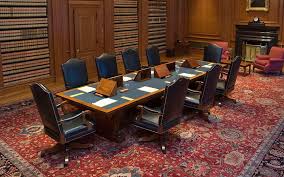
Conference
7
Court meets in closed session to discuss case
Assign opinion writing
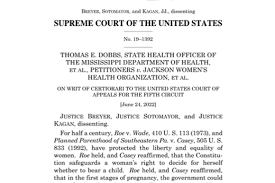
Written Opinions
8
Majority: opinion of court
Dissenting: one/all of majority explaining why majority was wrong
Concurring: member of voting plurality - agrees with outcome but cites different precedent